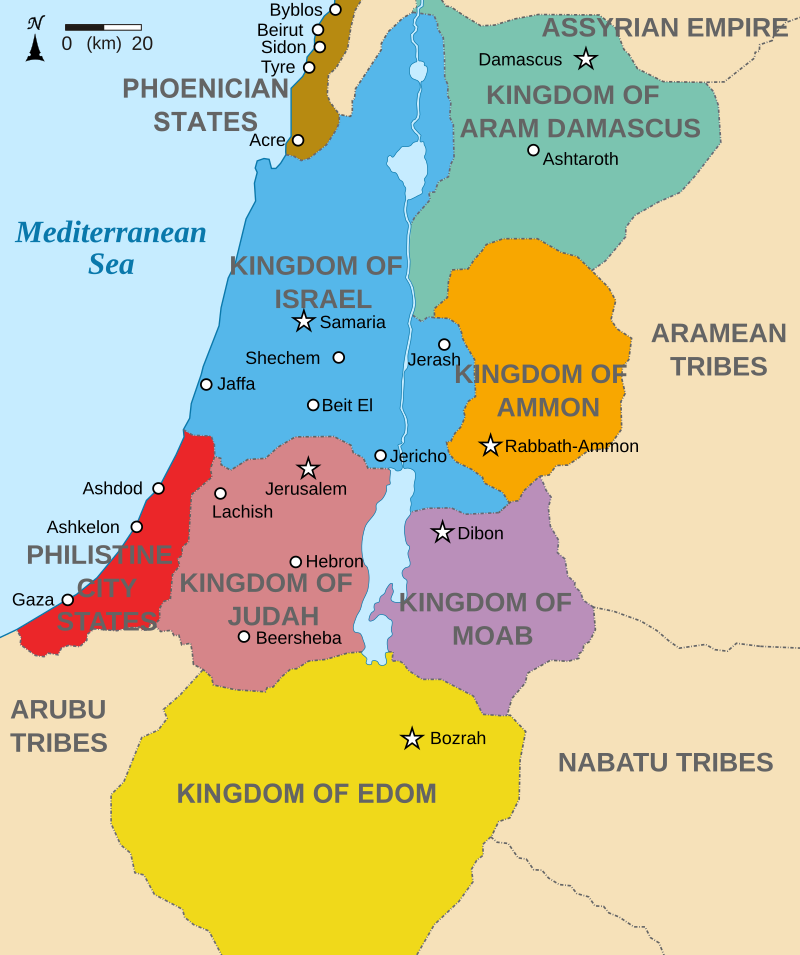
When we think of the Assyrian Empire at its height, we often imagine an unstoppable war machine. The royal inscriptions of kings like Esarhaddon certainly encourage this picture: Assyria is always victorious, its enemies always crushed or submissive, its rulers described as the unquestioned masters of the Near East. Yet if we shift our gaze away from the official record and look instead at other genres of texts, a different story emerges. One in which Assyria’s supremacy was far from guaranteed and local rulers in the empire’s periphery could pose serious challenges.
Nowhere was this more apparent than in the Zagros mountains to Assyria’s east. This rugged region in western Iran was home to dozens of small city-states and tribal groups, each ruled by a local “city-lord” (bēl āli). These rulers were technically Assyrian vassals, bound by treaty to provide troops, tribute, and loyalty. In reality, however, their allegiances were fluid. Some cooperated when it served their interests, others plotted behind the empire’s back, and rivalries among them often flared into violence. To complicate matters further, the Zagros served as a corridor for nomadic powers such as the Cimmerians and Scythians, whose raids could destabilize the region overnight. For Esarhaddon, holding the loyalty of these eastern vassals meant navigating a web of ambitions, rivalries, and external threats.
Continue reading “Kaštaritu of Karkaššî: a rebel in the king’s imagination”






